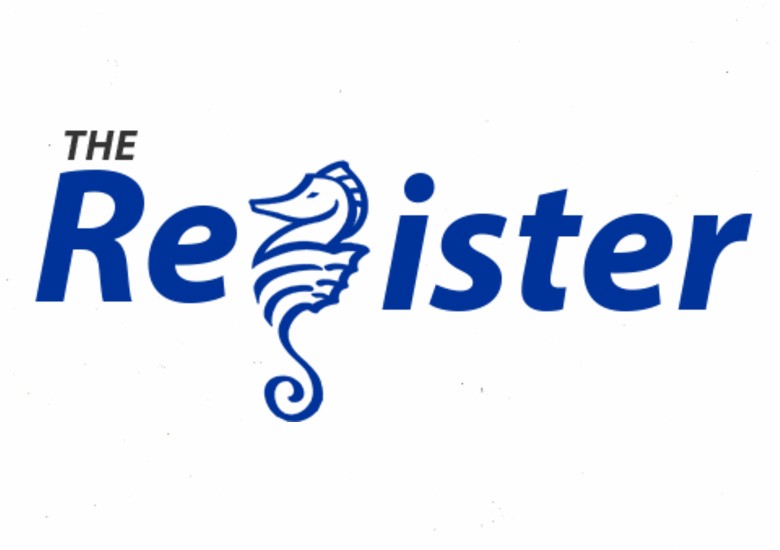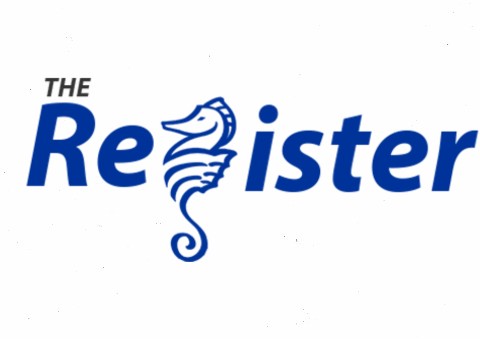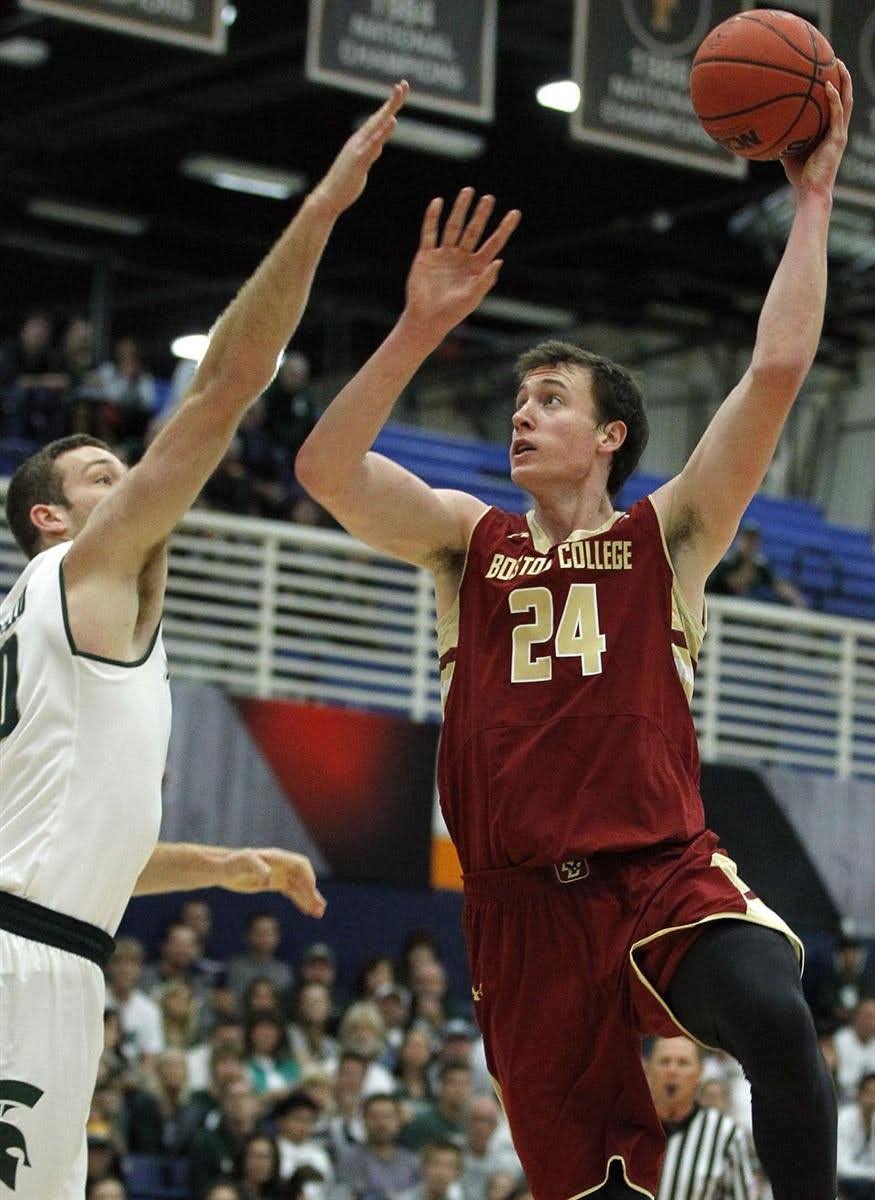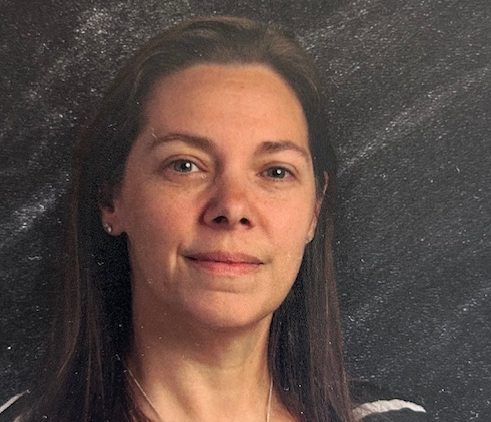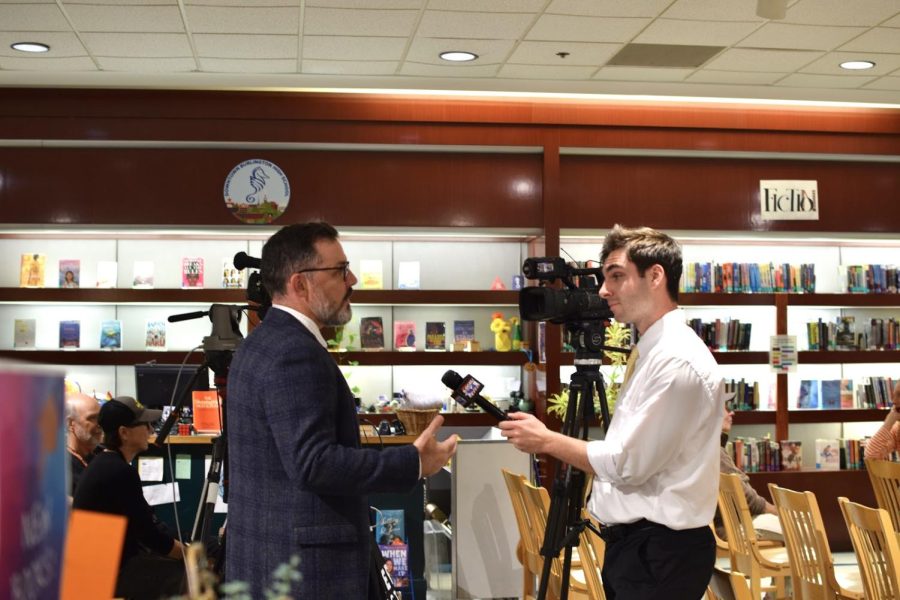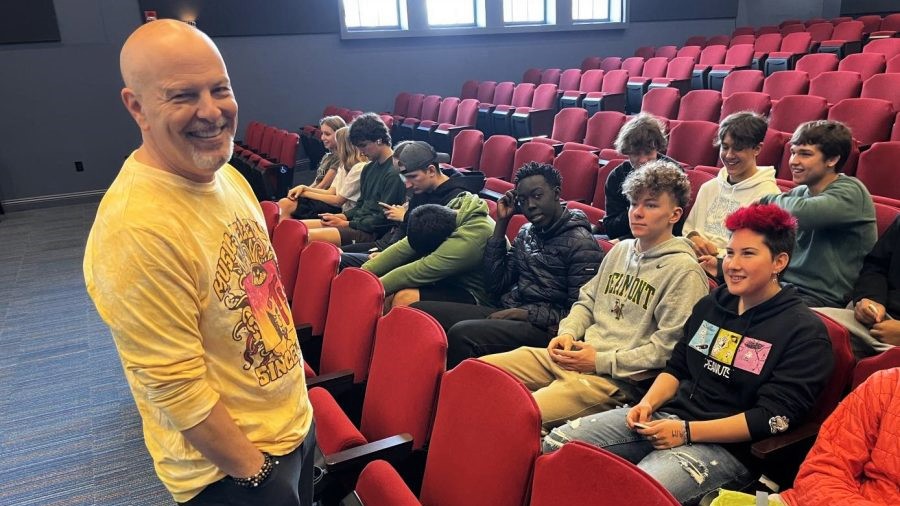There is no doubt that there is a robust coffee culture in Burlington. From Black Cap Coffee & Bakery to Kru Coffee Collective, there are several local coffee shops to choose from in walking distance from dtBHS. This also means we are all aware of the prices. An eight ounce hot latte from Black Cap is $4.75, while the same drink from Dunkin’ is only $2.69. So why is coffee priced the way it is and where does it even come from?
Coffee is grown worldwide, in places such as Ethiopia, Vietnam, and Indonesia. Coffee actually starts off as a green bean, called a coffee cherry. The coffee cherries are harvested, processed and dried on the farms and then exported to various roasters.
“There are a lot of different ways to purchase coffee,” Charlotte Steverson, co-owner of Kestrel Coffee Roasters, said. “Some people go through exporters, importers – some people buy directly from farmers. There’s positives and negatives to doing all of those things as a buyer, but the most important thing is to be educated.”
Steverson’s business partner and husband, Johnny, is very educated when it comes to coffee. Johnny is a certified ‘Q grader’ which means he is accredited to evaluate green coffee (before the beans are roasted). According to the Coffee Quality Institute, there are only around 7,000 Q Graders around the world.
One of the biggest factors that determines the quality of a coffee bean, Steverson said, is terroir, how the climate, soil, topography and general environment affects the flavor and quality of a bean. Steverson shared how Ethiopian coffees almost always have hints of blueberry and how coffee grown in volcanic soil is highly sought after. Steverson considers all of these factors before choosing coffee for their shop. He says some specialty roasters even do pre-ship and post-ship tasting to assess the changes in quality after shipment.
After choosing a coffee, Steverson has to consider shrinkage, labor costs, costs of running the roaster, maintenance, supplies and more. Different types of coffee cost different amounts to brew. For example, the cost to make an espresso is actually more than the cost to make filtered coffee per cup since it uses more beans.
“We would rather do the homework for our customers and have them trust that we are getting a great quality product and sourcing in an ethical way based on our years of experience, knowledge, and relationships,” Steverson said.
Throughout the interview, customers were flowing in and out of the shop. They chatted with Steverson about the various types of coffees and their origin, making it clear that Kestrel’s customers aren’t only paying for a cup of joe in a specialty coffee shop, but also for the vibrant coffee culture.
Charlotte Steverson is co-owner of Kestrel Coffee Roasters just south of the DtBHS building. She gave the rundown on where coffee comes from and the deciding factors in its price. One thing is for certain, no cup is the same.
Describing the beginning stages of coffee, Steverson pointed out that coffee is an agricultural product.
These graders base coffee on a scale of 0-100 with anything scoring above an 80 considered specialty, adding value to the bean, while anything below 80 is considered commodity.
Steverson cores can tell Kestrel and other specialty roasters thstressed how important it is to understand the quality of the bean. How a coffee se inherent quality of the bean – whether it is something more unique and interesting, or something more reliable and easily blendable.
“We end up with our bare minimum of what it costs to get roasted coffee,” Steverson said.
They then have to include things like the cost of bags, labels, markers, pens, boxes, tape, and shipping labels and platforms. They then have to add a certain amount of margin to actually make a profit.
“Then we also have to account for some level of milk and sugar,” Steverson said. “We’re not outright charging you for milk and sugar. We are averaging out the number of people who tend to order milk and sugar and accounting for that in the cup of coffee.”

